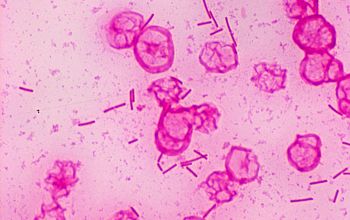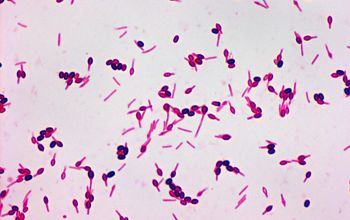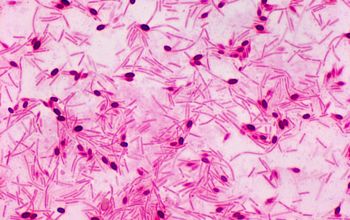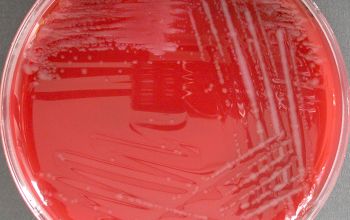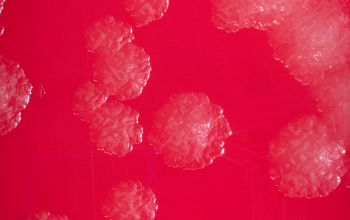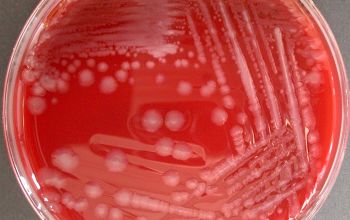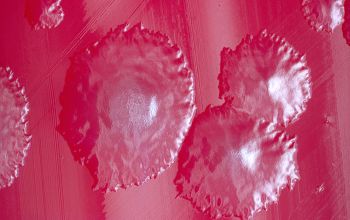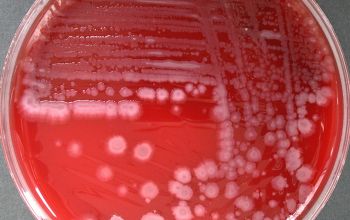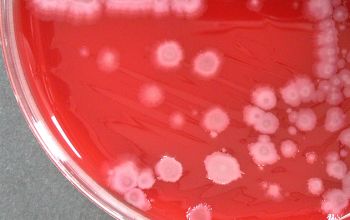Paenibacillus macerans
-
General information
Paenibacillus is a genus originallt included within the genus Bacillus and than reclassified as a seperate genus in 1993.
The name reflects: Latin paene means almost, so paenibacilli are literally "almost bacilli".
Taxonomy
Family: Bacillaceae
Natural habitats
Ubiquitous in nature
Clinical significance:
Paenibacillus macerans is a bacterium that can also be associated with human infections, though these are rare.
Clinically, it has been isolated from wound infections, respiratory tract infections, and other medical conditions, particularly in immunocompromised individuals.
The clinical significance of Paenibacillus macerans mainly lies in its potential to cause opportunistic infections, but it is not typically considered a major pathogen. It may also be involved in nosocomial (hospital-acquired) infections, particularly in patients with underlying conditions or those with prolonged hospital stays.
Its antibiotic resistance profile and ability to survive in various environments make it noteworthy in clinical microbiology, especially in cases where conventional treatments fail.
-
Gram stain
Long, slender Gram positive rods,
0.5-0.7 x 2.5-5.0 µm
gram are often negatively stained.
Spore shape: ellipsoidal
Spore position: subterminal / terminal
Sporangia swelling: positive
-
Culture characteristics
-
Facultative anaerobic
BA: colonies are opaque, round and usually thin and spreading.
BBAØ: growth
-
-
Characteristics
-
References
James Versalovic et al.(2011) Manual of Clinical Microbiology 10th Edition
Karen C. Carrol et al (2019) Manual of Clinical Microbiology, 12th Edition

